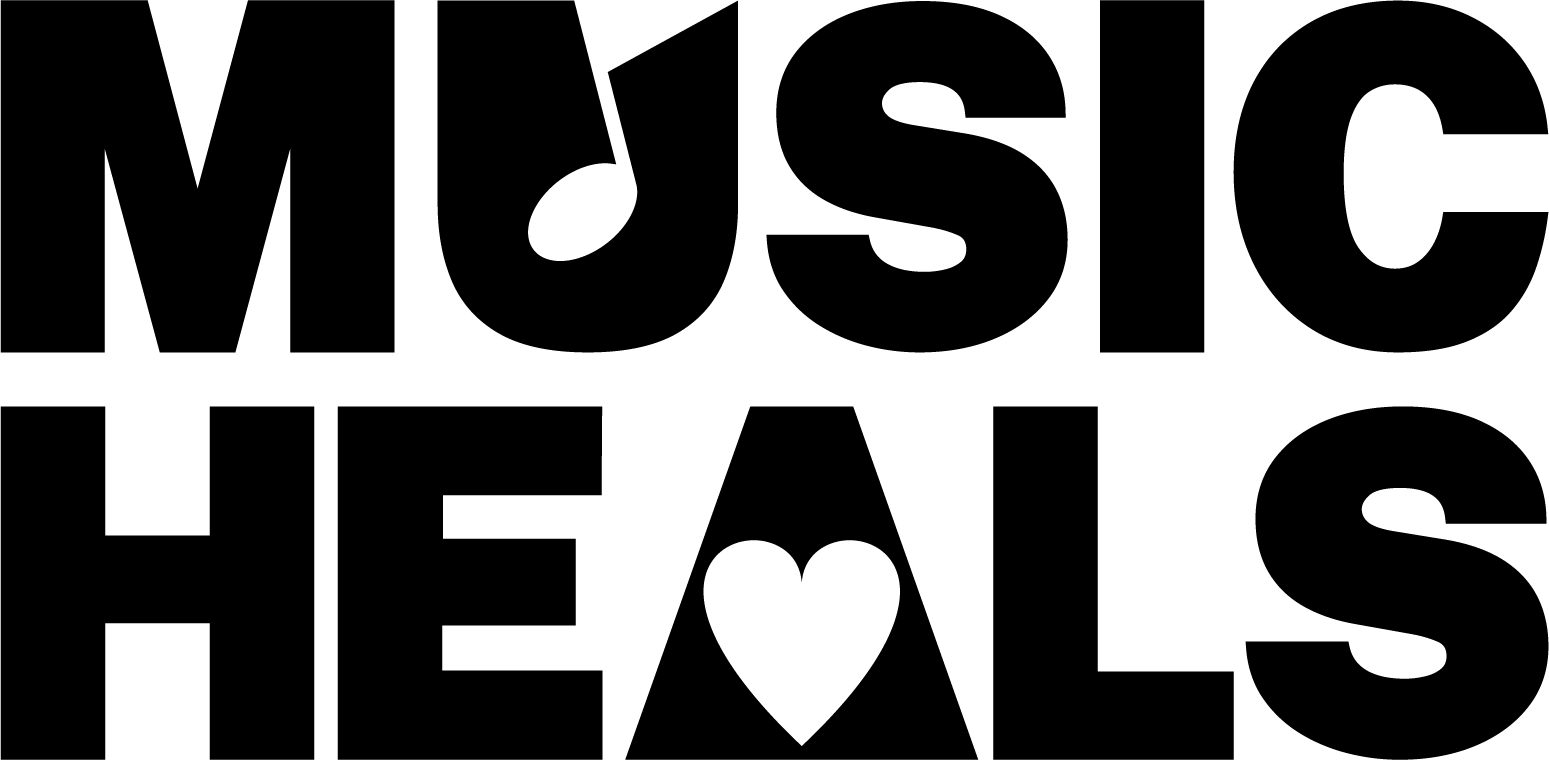The child or adolescent with an emotional disorder may be characterized by many behavioural problems: suicide attempts, anger, withdrawal from family, social isolation from peers, aggression, school failure, running away, and alcohol and/or drug abuse, to name a few. A lack of self-concept and self-esteem is often central to these difficulties. Whether the treatment method with these young people is behaviour therapy or the more traditional psychotherapy, lack of a solid communication base can remain the primary block to successful treatment. In determining the best support service for the child or adolescent, music can frequently be the preferred therapy, as it is often the only tool that enhances communication with this population (Brooks, 1989).
Music therapy appears to be successful because adolescents usually relate extensively to the music of their peer culture and it is a familiar medium to them. The non-verbal aspect of music makes it an excellent resource for reaching the child or adolescent and facilitating self-expression. Techniques such as song discussion and listening are safe and non-confrontive tools and remain one step removed from the clients’ own experiences, allowing for the projection of personal thoughts and feelings into the discussion (Clendenon-Wallen, 1991). Music therapy has also been highly effective with clients who typically lack crucial self-esteem and self- concept (i.e., Henderson, 1983; Johnson, 1981; Kivland, 1986; etc.). Gaining musical skills, working toward a group music performance, and participating in listening and writing activities aimed at greater self-awareness can all contribute to increased self-esteem. Music is also useful for stimulating socialization and verbalization, and can often provide a common starting place for discussion and self-disclosure, as well as increased group awareness and cooperation.
Music therapy with children and adolescents with emotional disorders can successfully address a great variety of treatment goals. It provides a pleasurable, non-threatening environment where individuals can safely risk trying new experiences which can be transferred to other areas of their lives. The therapeutic process can happen again and again without resistance because the client is so “tuned-in” to the music and not the adult role model. The therapist becomes a safe, trusted adult and the music, already an important linkage for the adolescent, becomes the catalyst, greatly enhancing an often difficult treatment process.
For children and adolescents with emotional disorders, music therapy can:
Facilitate positive self-concept and-improve self-esteem
The process of acquiring–a self-concept, or identity, can be full of confusion and uncertainty, especially for the adolescent. This struggle for an identity can often result in the display of only negative attitudes. Much research has demonstrated the effectiveness of music therapy in aiding this process and in enhancing self-concept and self-esteem. Johnson (1981), for instance, found that structured, successful experiences, clear and specific reinforcement, and dealing with concrete subject matter through involvement in music-related activities enhanced the self-concept of juvenile delinquents. Kivland (1986), in working with a conduct disordered 12-year-old boy, found music therapy to be an effective tool in increasing self-esteem. Through learning communication techniques and new skills (i.e., piano playing) the subject displayed fewer negative self-statements and was highly motivated to achieve as his musical accomplishments continued. Clendenon-Wallen (1991) also found music therapy to have an empowering effect on children and adolescents who had been sexually abused. This was evidenced by learning of new skills which promoted their levels of self-confidence and self-esteem.
Facilitate communication and self-expression, both verbal and non-verbal
Music therapy appears to be especially effective with young people because they already relate extensively to the music of their peer culture and it is a familiar medium to them. It can readily provide a common starting place for discussion and self-expression. The non-verbal aspect of music makes it an excellent resource for reaching people and facilitating self-expression through an alternate means of communication. Music is often the only tool that enhances communication with this population (Brooks, 1989). Goldstein (1990) found that songwriting provided a successful, pleasant experience and that a great deal of additional information could be gained through such techniques. For those individuals for whom ordinary direct speech can be threatening, Heimlich (1983) suggests the metaphoric use of song lyrics to aid in communication. Used metaphorically, what is expressed in the lyrics makes it easier for the child to find appropriate words to express him or herself. Sounds, such as those produced by simple percussive instruments, can also be developed into a metaphoric means of communicating, to express fear, anger, and so on (Heimlich, 1983).
Improve group awareness, cooperation and constructive interaction Music has a powerful socializing effect and, consequently, music therapy is a useful tool for addressing group issues. For children or adolescents with emotional disorders, where peer relations are so often negative or nonexistent, music can provide a common ground outside themselves on which to come together. Emotionally disturbed adolescents participating in group music therapy sessions for a study by Haines (1989) demonstrated more, immediate differences in group dynamics than those participating in verbal therapy alone. Subjects were more motivated, more willing to work together, playing, discussing, composing, and reflecting, and made more choices regarding their interactions. Group improvisation with instruments and/or voice can also enhance group cohesion and cooperation. Henderson (1983) found that as music therapy sessions progressed, subjects appeared to become more relaxed and comfortable in the group. Group cohesion was also demonstrated through the use of more group pronouns, e.g., “our” rather than “my.” Clendenon-Wallen (1991) discovered that group members also enjoyed bringing tapes of certain songs to the sessions which provided both an opportunity to share feelings and a concrete way to invest in the group and constructively interact with others. Provide a non-threatening environment for the expression of feelings and emotions. For children and adolescents who often avoid expressing their feelings or who lack the ability to express themselves, music therapy can provide a safe, non-threatening means of expression. As Kivland (1986) and others note, music is viewed positively by this population as it is an important focus of the adolescent subculture and, therefore, as therapy, is non-threatening compared to other forms of treatment. Clendenon-Wallen (1991) found song discussion and listening to be important, safe, and non-confrontive tools in music therapy. Songs used had a storytelling format which was one step removed from the adolescents’ own experiences. They were thus able to empathize with the song subjects’ feelings and experiences and thereby project their own feelings ‘into the discussion. Heimlich (1983) also suggests that the pleasure derived from the rhyme and rhythm of song lyrics makes this medium for expression attractive and less threatening. Used metaphorically, song lyrics make it easier for the child or adolescent to find words to express thoughts and feelings. Brooks (1989) suggests that the non-threatening nature of music allows the therapeutic process to take place many times without adolescent resistance because the individual is so “tuned-in’ to the music and not to the adult therapist.
Increase appropriate social behaviours
Children and adolescents with emotional disorders may often be characterized by problems in peer and adult relations and in display of inappropriate behaviours. Music therapy, while addressing other such related issues as, communication skills, self-esteem, and group awareness, can indirectly (and directly) increase appropriate social behaviours. By encouraging communication through music therapy, the rebellious, distrustful adolescent can come to regard the adult therapist as friend and important role model rather than enemy. Through discovering the ability and the language to express thoughts and feelings in the music therapy session, the child or adolescent has the opportunity to find more socially acceptable ways of venting anger, hostility and rage. With greater self-awareness and confidence, Johnson (1981) found that the adolescent sees himself or herself as more capable of successfully completing life’s tasks and becoming a productive, accepted member of society. Presti (1984), in working with behaviourally handicapped children, also found music therapy to be very effective in increasing appropriate cooperative behaviours. Haines (1989) discovered emotionally disturbed adolescents to be highly motivated to participate in music therapy groups. Appropriate social behaviours emerged and were learned as the group tried to work together toward a common goal of musical experience and performance. Provide reinforcement and motivation for academic growth
Developing and maintaining even basic academic skills can be a frustrating, overwhelming, and discouraging experience for the child or adolescent with emotional disorders. Music therapy techniques have been shown to provide positive reinforcement and motivation toward the attainment of academic growth. Miller, Dorow, and Greer (1974) actually found that the contingent use of music helped to produce higher arithmetic scores. Wood et al. (1974) outline a programme of specially designed music activities, called Developmental Music Therapy, which have been successfully used to provide children who have serious emotional and behavioural problems with growth-oriented learning experiences in areas including academic skills. Presti (1984) developed a levels system approach to music therapy with severely behaviourally handicapped children in an educational setting. This model has been used successfully to achieve selected academic and behavioural goals. Presti attributes much of its effectiveness to the fact that the students are enthusiastic participants in a music medium which provides structure and discipline coupled with positive reinforcement and successful experiences.
Facilitate relaxation and reduce reverse of tension and anxiety
The ability of the child or adolescent to vent feelings of anger and hostility, in an acceptable, way and to address personal issues in a non-threatening manner are important and significant provisions of music therapy. The adolescent who already relates to the music of his or her peer culture will feel less confronted when approached with music. The- music therapy setting can lower the, levels. of tension and anxiety by providing this pleasurable, non-confrontive, non-threatening environment. Relaxation directly facilitated by music therapy can provide an important ‘break’ for the emotionally disordered client as well. The music therapy session can allow the individual to ‘relax and have fun’ without even realizing that a therapeutic process may be taking place.




